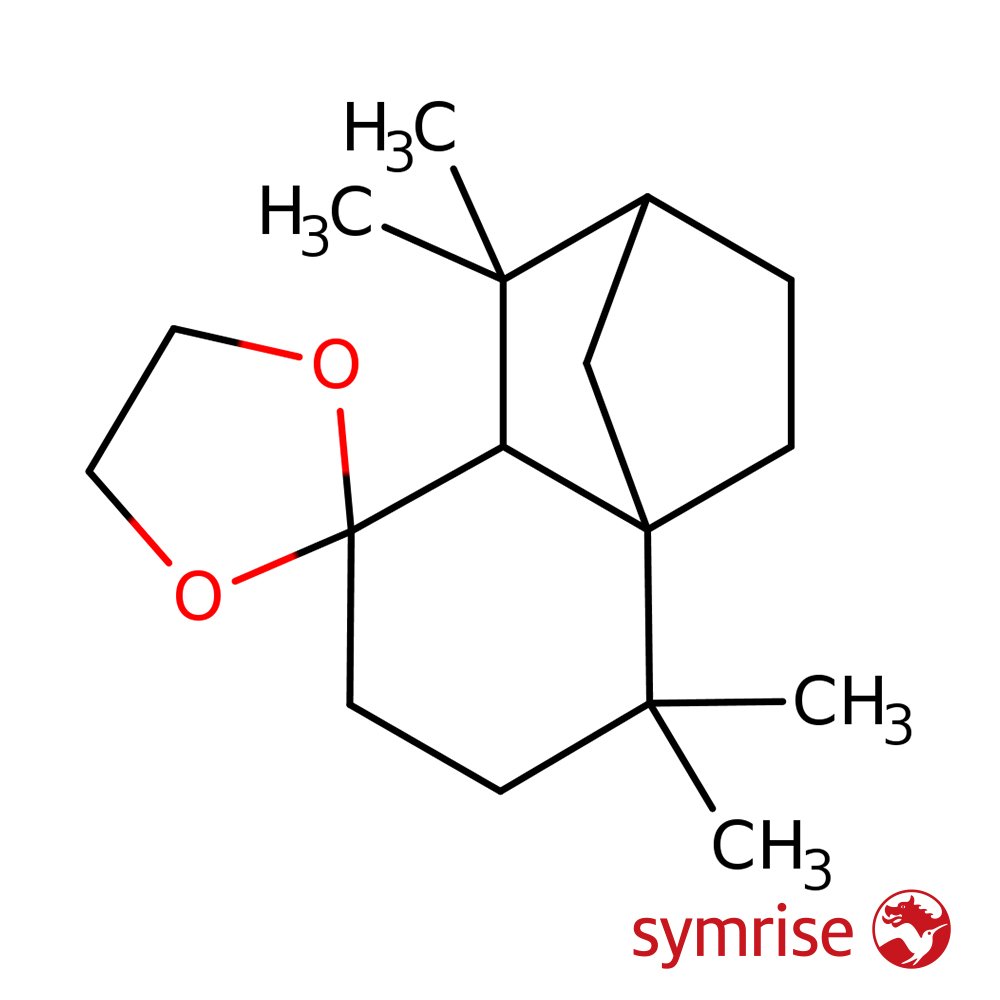Civetone
Premium Synthetic Ingredient for Perfumery
Civetone is a synthetic macrocyclic ketone used in perfumery to replicate the characteristic musky-animalic scent once obtained from African civet secretions. It presents a warm, powdery-musky odor with excellent diffusivity and exceptional tenacity—lasting over 300 hours on test blotters. Civetone is used to impart sensuous depth, fixative power, and skin retention to complex fragrance compositions. It harmonizes well with floral, chypre, and oriental bases, and is considered indispensable in the reconstitution of natural civet notes.
Premium Synthetic Ingredient for Perfumery
Civetone is a synthetic macrocyclic ketone used in perfumery to replicate the characteristic musky-animalic scent once obtained from African civet secretions. It presents a warm, powdery-musky odor with excellent diffusivity and exceptional tenacity—lasting over 300 hours on test blotters. Civetone is used to impart sensuous depth, fixative power, and skin retention to complex fragrance compositions. It harmonizes well with floral, chypre, and oriental bases, and is considered indispensable in the reconstitution of natural civet notes.
Premium Synthetic Ingredient for Perfumery
Civetone is a synthetic macrocyclic ketone used in perfumery to replicate the characteristic musky-animalic scent once obtained from African civet secretions. It presents a warm, powdery-musky odor with excellent diffusivity and exceptional tenacity—lasting over 300 hours on test blotters. Civetone is used to impart sensuous depth, fixative power, and skin retention to complex fragrance compositions. It harmonizes well with floral, chypre, and oriental bases, and is considered indispensable in the reconstitution of natural civet notes.
Synthetic Ingredient Overview
🏭 Manufacturer — Multiple industrial producers (synthetic origin)
🔎 Chemical name — Civetone
🧪 Synonyms — Civettone, 1-Cycloheptadecen-10-one
🧬 Chemical Formula — C₁₇H₃₂O
📂 CAS N° — 542-46-1
📘 FEMA — 2316
⚖️ MW — 250.4 g/mol
📝 Odor type — Musk
📈 Odor Strength — High; recommended evaluation at 10% dilution
👃🏼 Odor Profile — Warm, musky, animalic, powdery, delicately sweet; highly diffusive and extremely tenacious
⚗️ Uses — Fixative and musky base note in floral, oriental, chypre, and aldehydic fragrances; civet reconstitution
🧴 Appearance — Colorless to pale yellow oily liquid
What is Civetone?
Civetone is a macrocyclic ketone and the principal odoriferous compound responsible for the musky scent of natural civet oil. Originally isolated from the glandular secretions of the African civet (Civettictis civetta), civetone is now produced synthetically, typically from precursors found in palm oil.
With its 17-membered ring structure, Civetone belongs to a unique class of large-ring musks, alongside muscone(from musk deer). These structures were elucidated in the early 20th century by chemist Leopold Ružička, laying the foundation for modern musk chemistry.
Although civet was once harvested through animal captivity, civetone today allows perfumers to evoke the same olfactory effect ethically and sustainably.
Olfactory Profile and Perfumery Applications
Civetone exhibits an intensely musky, warm, slightly sweet and animalic scent, becoming pleasant and diffusive at low concentrations. It performs in the deep base notes, providing exceptional tenacity, fixation, and skin affinity.
Functional roles include:
Reconstructing natural civet notes in classical perfumery
Fixative in floral (especially rose), chypre, oriental, and aldehydic formulas
Adding sensuality and roundness to compositions
Providing radiance and projection to delicate materials
Its inclusion is common in perfumes requiring persistence and warmth, even at levels as low as 0.05–0.1%.
Historical and Molecular Context
Civetone’s musky signature has influenced perfumery since antiquity. Alongside natural musk (from Moschus moschiferus), civet was among the earliest animal-derived ingredients used in high perfumery. Both materials acted as pheromonal fixatives, enhancing the lasting power and sensual appeal of fragrance blends.
The African civet ranges across sub-Saharan Africa, and its scent glands serve a vital social and reproductive role. Civet oil’s characteristic musky odor is the animal’s method of territorial communication—later repurposed into one of perfumery’s most valued aromatic effects.
Synthetic civetone replaced animal-derived sources starting in the 20th century, thanks to advancements in macrocyclic synthesis. Today, it offers a stable, cost-effective, and ethical way to achieve complex musky undertones.
Regulatory and Safety Overview
IFRA: Civetone is not restricted under current IFRA Standards (51st Amendment), though dosage must be adapted per formula due to intensity.
EU Allergen Listing: Not listed among declarable allergens under Regulation (EC) No 1223/2009.
FEMA GRAS: Listed under FEMA No. 2316 with a recommended limit of 0.0500 ppm in flavor use.
ECHA: Registered under REACH. Not classified as hazardous under CLP Regulation.
Toxicology: Non-mutagenic, non-carcinogenic, and low-irritation. Considered safe in fragrances at concentrations up to 0.1% in the concentrate.
Flavors: Permitted in trace levels for specialty applications (e.g., exotic fruit, tobacco), though rarely used.
✅ Civetone is compliant with global fragrance and flavor safety standards and is preferred for ethical musky reconstructions.
Sources
PubChem Compound Summary for CID 5315941 – Civetone
IFRA Standards Documentation (51st Amendment)
ECHA Substance Information – Civetone
FEMA GRAS Database – FEMA 2316
Arctander, S. Perfume and Flavor Chemicals
Wikipedia – Civet & Musk Chemistry
Fulvio Ciccolo – Scentspiracy Archive
3dchem.com Molecular Profiles







